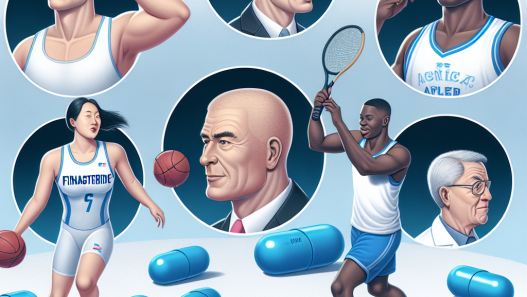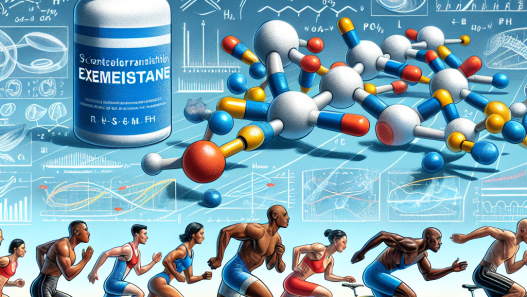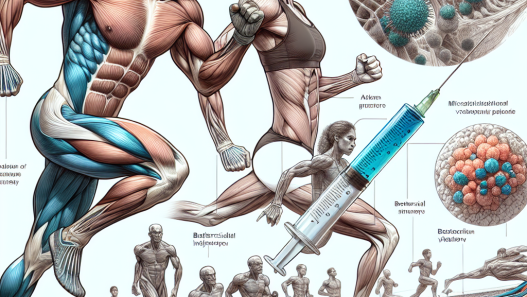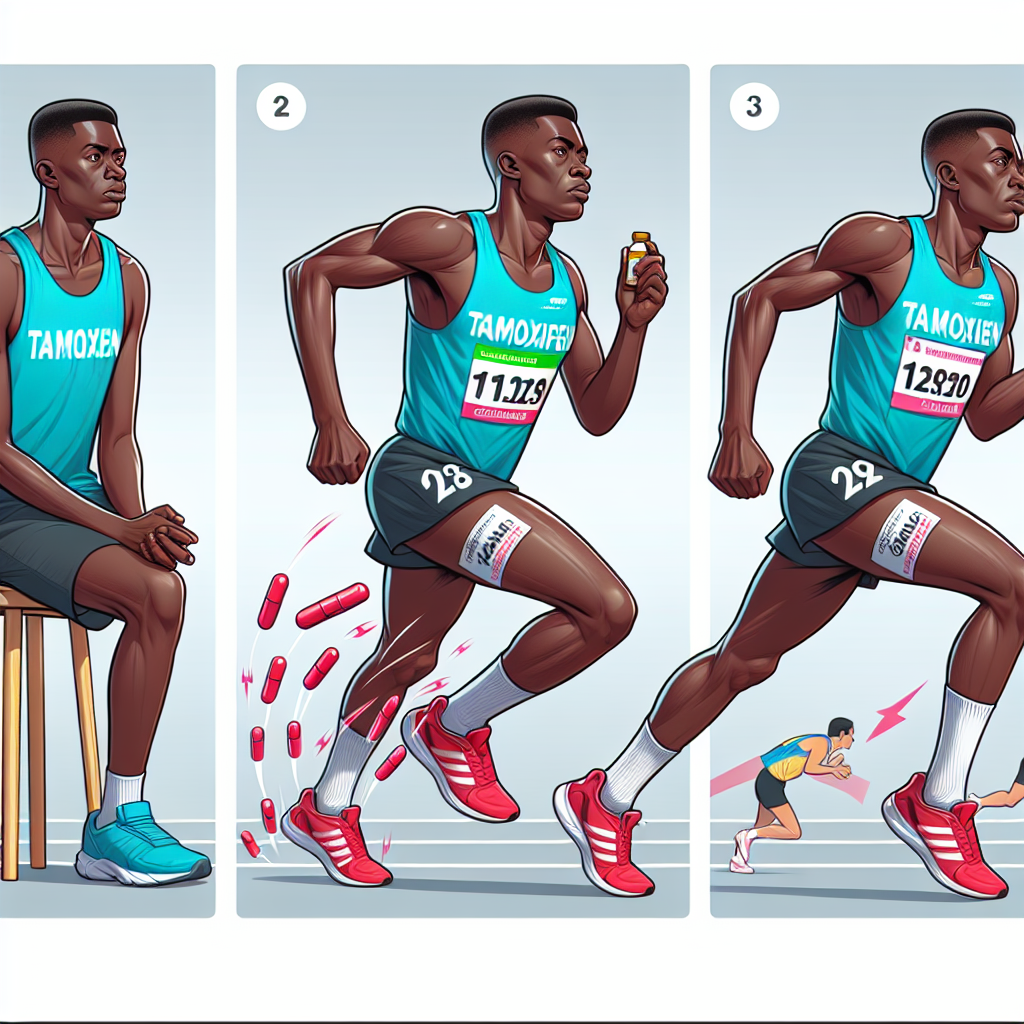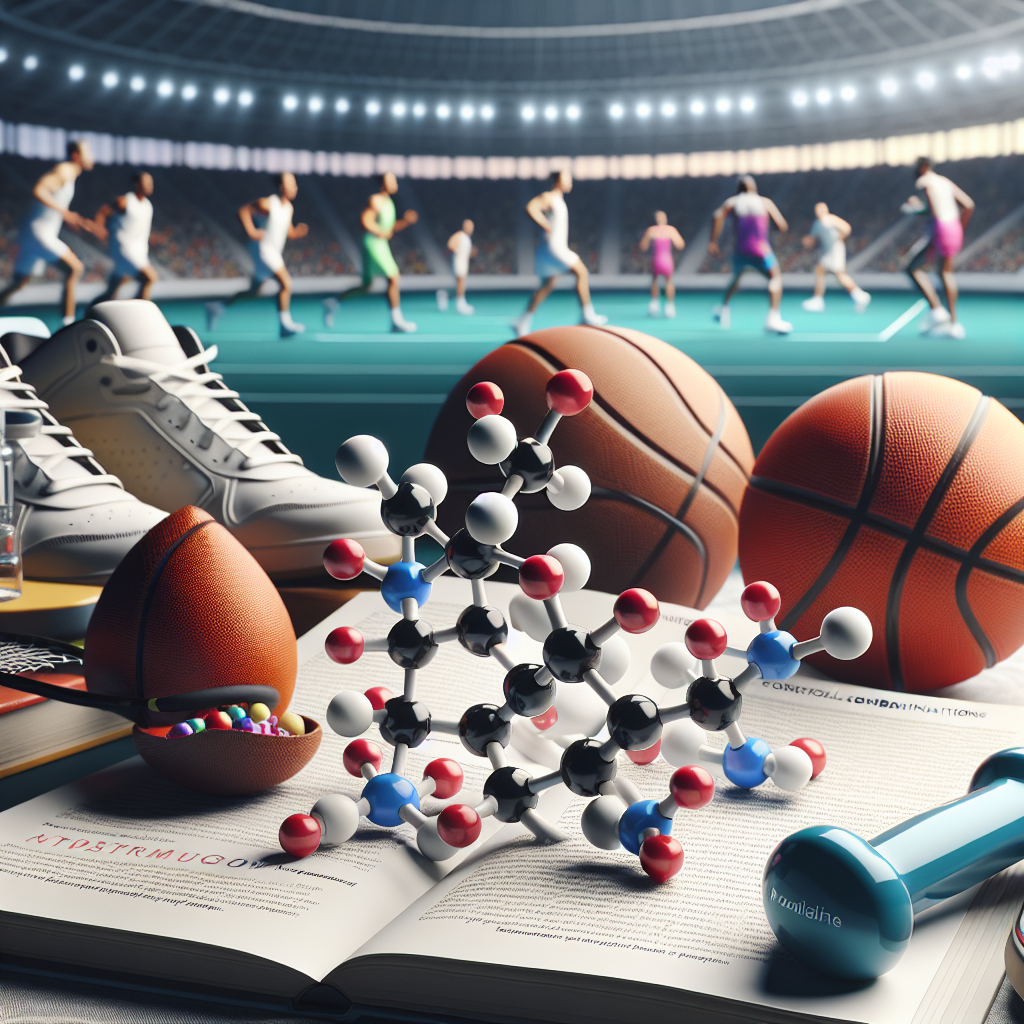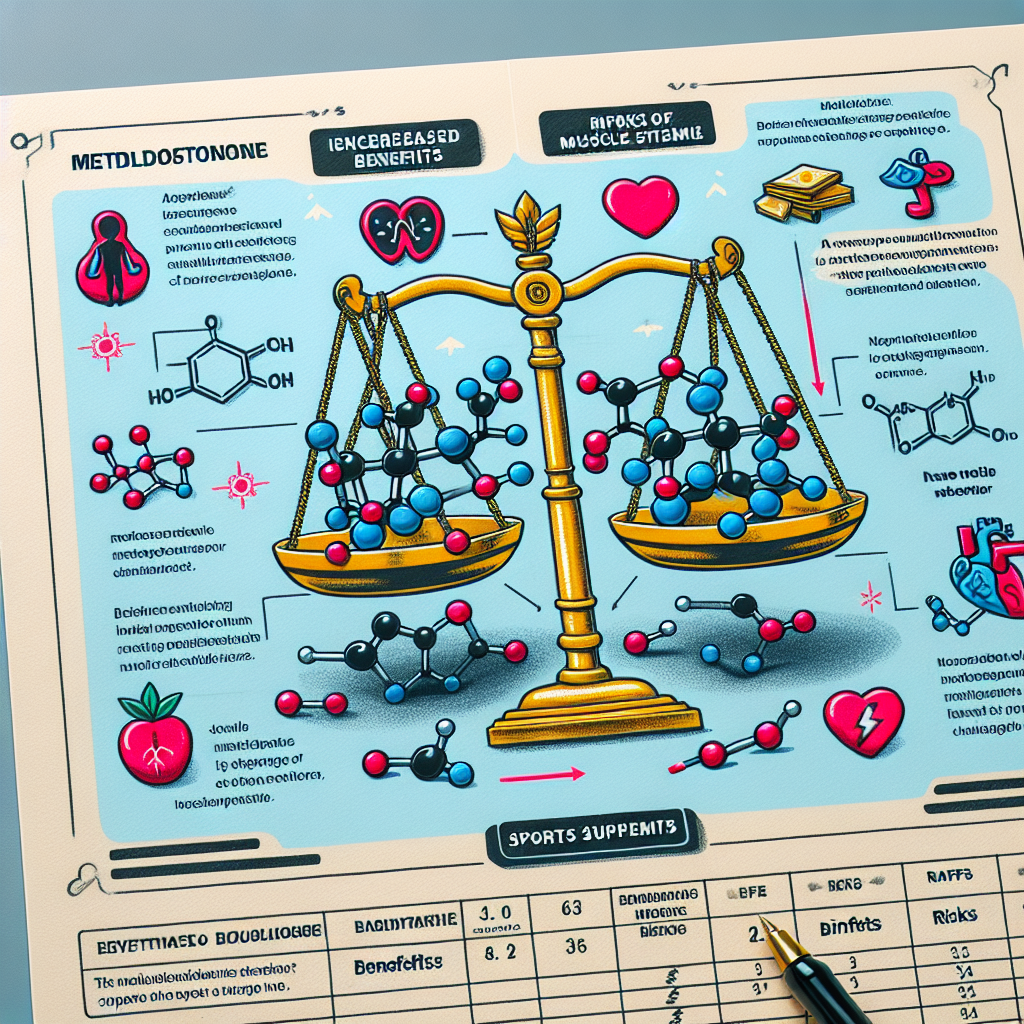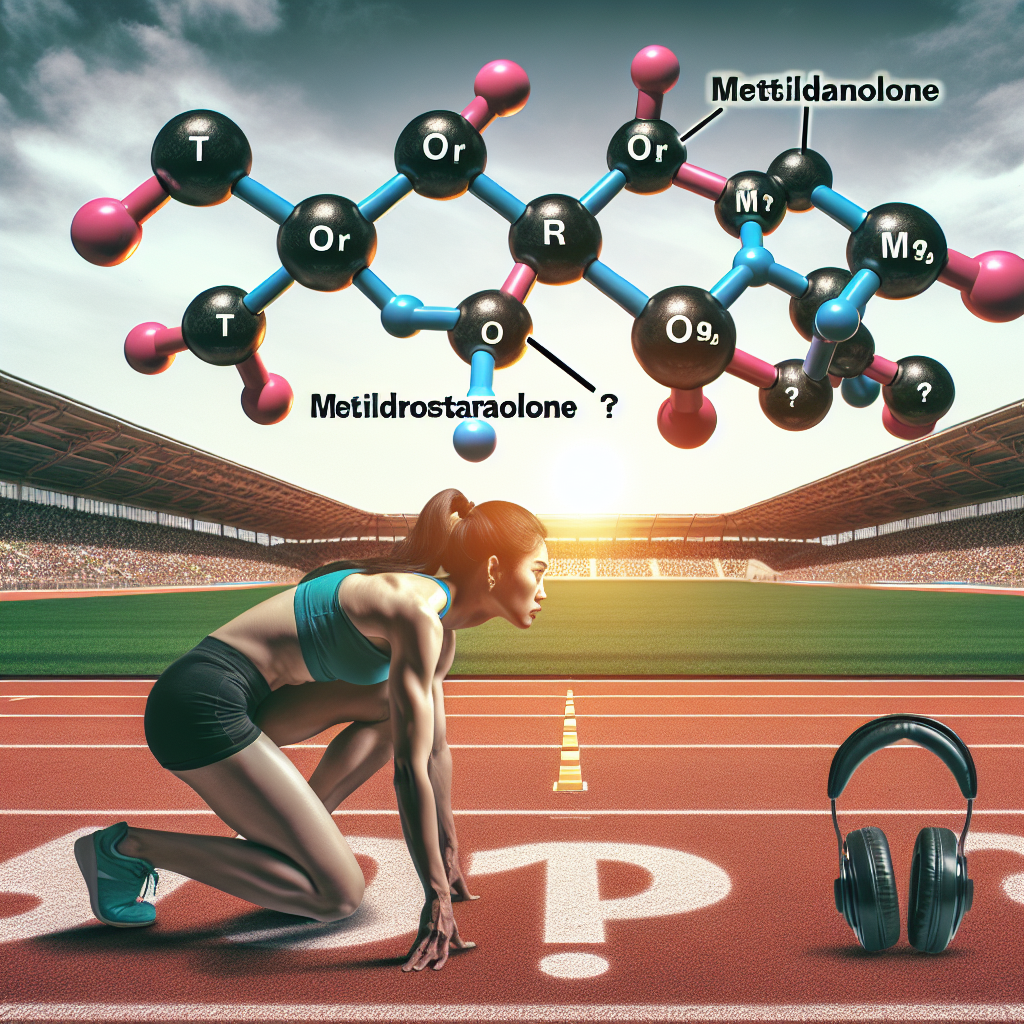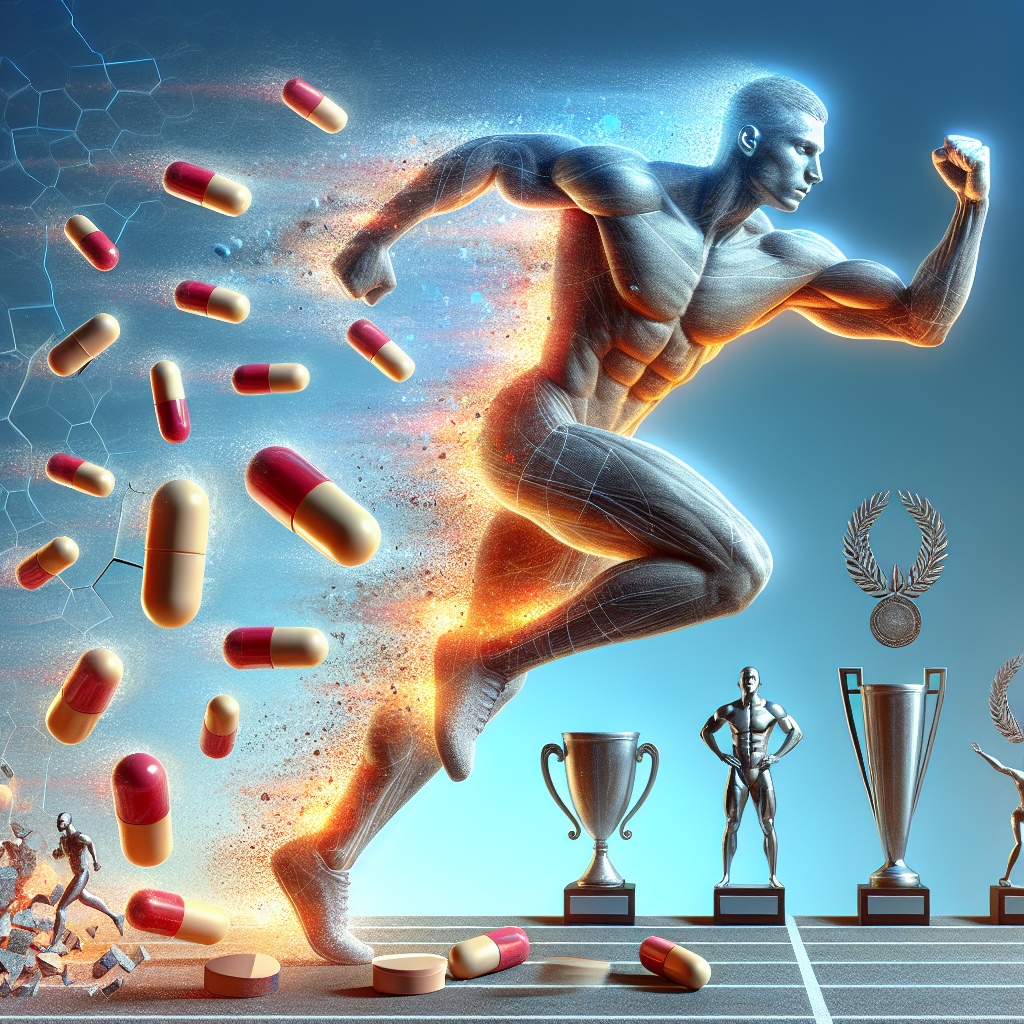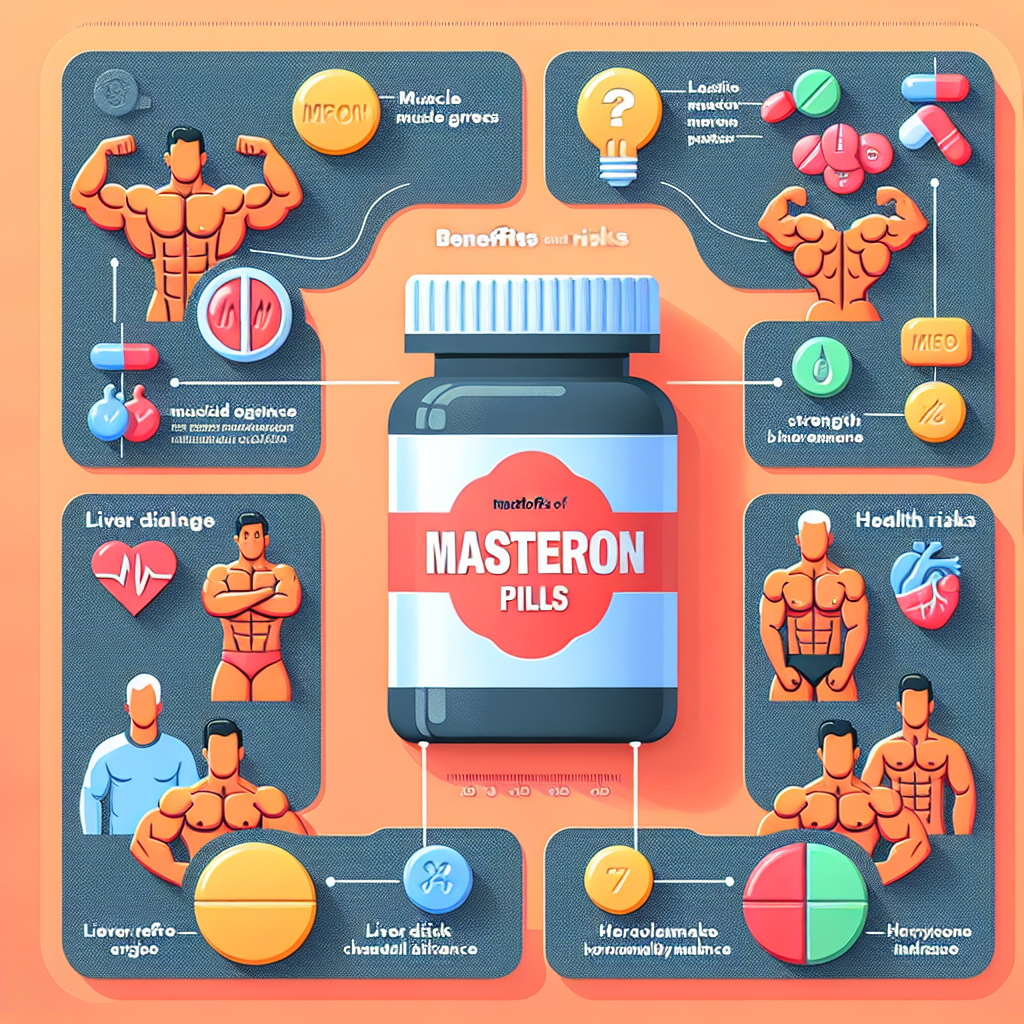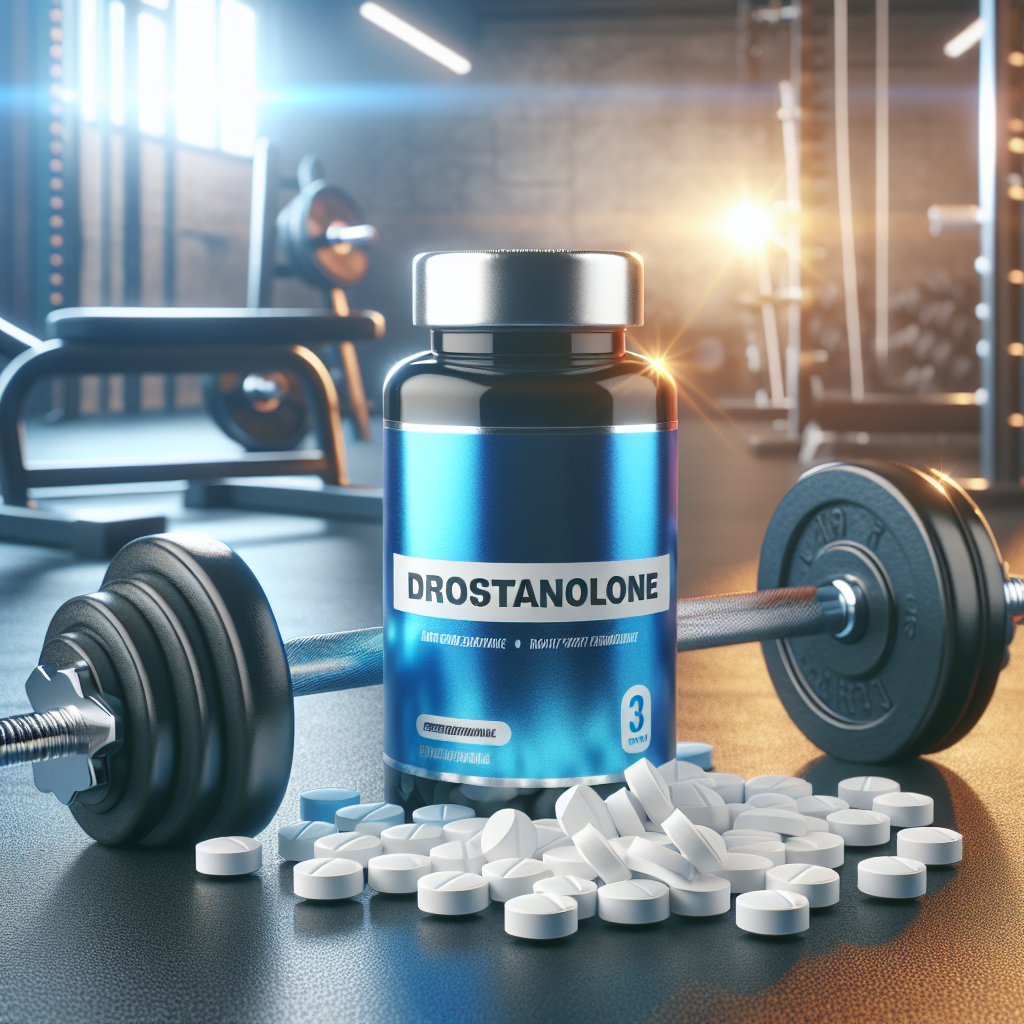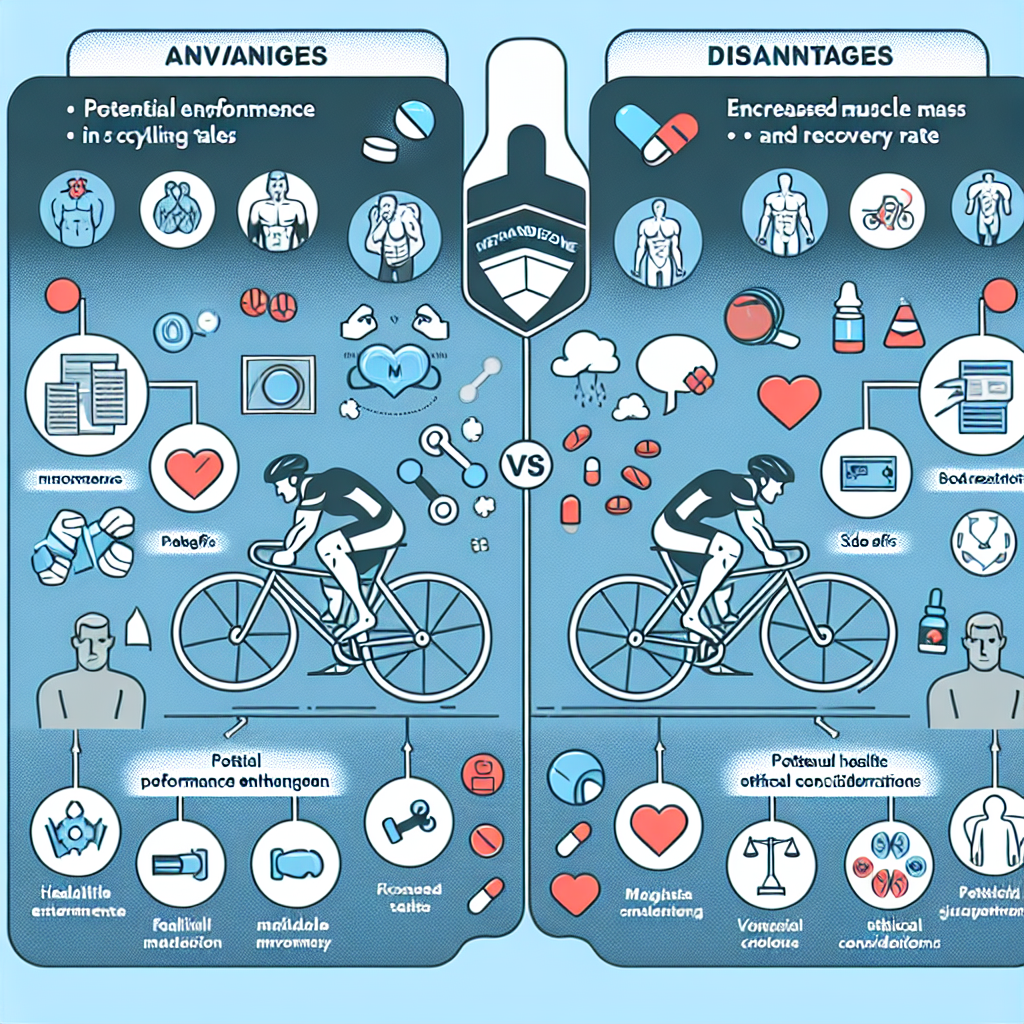-
Table of Contents
Finasteride: Option for Managing Androgenetic Alopecia in Professional Athletes
Androgenetic alopecia, also known as male pattern baldness, is a common condition that affects millions of men worldwide. It is characterized by a progressive thinning of hair on the scalp, eventually leading to complete baldness. While this condition may not have any significant health implications, it can have a significant impact on an individual’s self-esteem and confidence, especially for professional athletes who are constantly in the public eye.
For many years, the only available treatment for androgenetic alopecia was topical minoxidil and oral finasteride. However, the use of finasteride in professional sports has been a topic of controversy due to its potential performance-enhancing effects. In this article, we will explore the use of finasteride as an option for managing androgenetic alopecia in professional athletes, taking into consideration its pharmacokinetics, pharmacodynamics, and potential benefits and risks.
Pharmacokinetics of Finasteride
Finasteride is a 5-alpha-reductase inhibitor that works by blocking the conversion of testosterone to dihydrotestosterone (DHT), the hormone responsible for male pattern baldness. It is available in oral form and is rapidly absorbed in the gastrointestinal tract, with peak plasma concentrations reached within 2 hours after ingestion (Traish et al. 2014). The drug has a half-life of approximately 6 hours and is primarily metabolized in the liver before being excreted in the urine.
It is important to note that finasteride can also be detected in hair follicles, which is why it is commonly used as a doping agent in sports. This is because the drug can potentially enhance athletic performance by increasing muscle mass and strength, as well as improving endurance and recovery (Traish et al. 2014). However, these effects have not been scientifically proven and are still a subject of debate.
Pharmacodynamics of Finasteride
The primary mechanism of action of finasteride is its inhibition of 5-alpha-reductase, which leads to a decrease in DHT levels. This, in turn, reduces the miniaturization of hair follicles and slows down the progression of androgenetic alopecia. Studies have shown that finasteride can increase hair count and thickness, as well as improve hair growth rate (Traish et al. 2014).
Aside from its effects on hair growth, finasteride has also been found to have anti-inflammatory properties. This is significant for professional athletes who are prone to injuries and inflammation due to their rigorous training and competition schedules. Inflammation can lead to tissue damage and delayed recovery, which can affect an athlete’s performance. By reducing inflammation, finasteride can potentially improve recovery time and overall athletic performance.
Benefits and Risks of Finasteride Use in Professional Athletes
The use of finasteride in professional sports has been a controversial topic, with some athletes using it as a performance-enhancing drug and others using it solely for its hair growth benefits. However, it is important to note that the World Anti-Doping Agency (WADA) has banned the use of finasteride in sports, classifying it as a masking agent for other prohibited substances (WADA 2021).
Despite this, there are still some potential benefits of finasteride use in professional athletes. As mentioned earlier, it can potentially improve hair growth and reduce inflammation, which can be beneficial for athletes who are constantly under physical stress. It can also improve self-esteem and confidence, which can have a positive impact on an athlete’s mental well-being and performance.
However, there are also risks associated with finasteride use, especially in the context of professional sports. The potential for abuse and misuse of the drug for its performance-enhancing effects is a major concern. Additionally, finasteride has been linked to sexual side effects, such as decreased libido and erectile dysfunction, which can significantly affect an athlete’s performance and overall well-being (Traish et al. 2014).
Real-World Examples
One notable example of finasteride use in professional sports is the case of former American football player, Peyton Manning. In 2015, Manning was accused of using human growth hormone (HGH) and finasteride to recover from a neck injury. While the HGH allegations were later dismissed, Manning admitted to using finasteride for hair growth purposes (ESPN 2015). This case highlights the potential misuse of finasteride in professional sports and the need for stricter regulations.
On the other hand, there are also athletes who have openly discussed their use of finasteride for hair loss management. Professional soccer player, Wayne Rooney, has been vocal about his use of the drug and its positive effects on his hair growth (The Guardian 2016). This shows that finasteride can be a viable option for managing androgenetic alopecia in professional athletes, as long as it is used responsibly and under medical supervision.
Expert Opinion
According to Dr. Michael S. Irwig, an endocrinologist and hair loss specialist, the use of finasteride in professional sports is a complex issue. While it can potentially improve hair growth and reduce inflammation, it also has the potential for abuse and misuse. Dr. Irwig emphasizes the importance of proper education and monitoring for athletes who are using finasteride, as well as stricter regulations to prevent its misuse as a performance-enhancing drug (Irwig 2014).
Conclusion
In conclusion, finasteride can be a viable option for managing androgenetic alopecia in professional athletes. Its pharmacokinetics and pharmacodynamics make it an effective treatment for hair loss, and it also has potential anti-inflammatory properties that can benefit athletes. However, its potential for misuse and associated risks should not be overlooked, and stricter regulations should be in place to prevent its abuse in professional sports. As with any medication, it is important for athletes to use finasteride responsibly and under medical supervision.
References
ESPN. (2015). Peyton Manning denies HGH allegations. Retrieved from https://www.espn.com/nfl/story/_/id/12192744/peyton-manning-denies-hgh-allegations
Irwig, M. S. (2014). Androgenetic alopecia and dutasteride. Expert Opinion on Drug Safety, 13(10), 1417-1422. doi: 10.1517/14740338.2014.956245
Traish, A. M., Melcangi, R. C., Bortolato, M., Garcia-Segura, L. M., & Zitzmann, M. (2014). Adverse effects of 5α-reductase inhibitors: What do we know, don’t know, and need to know? Reviews in Endocrine and Metabolic


